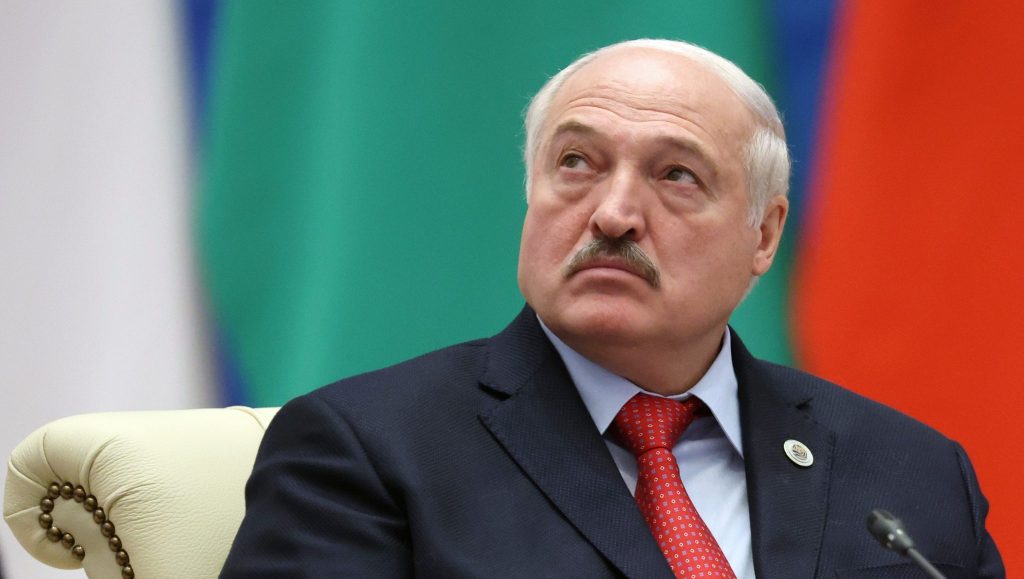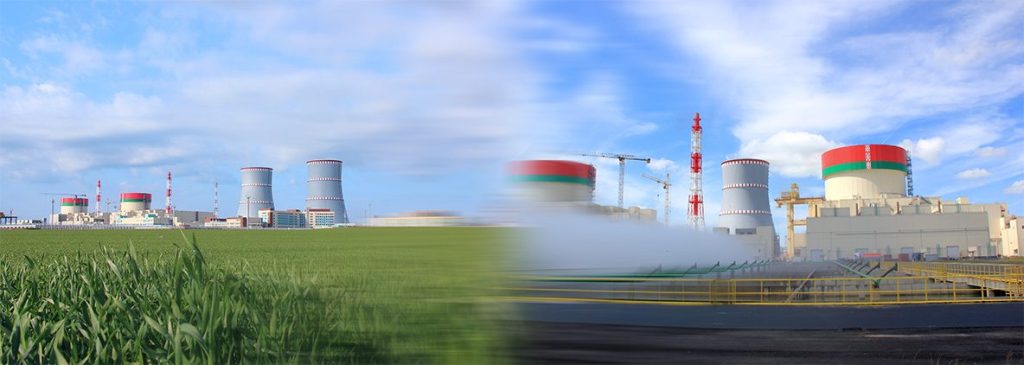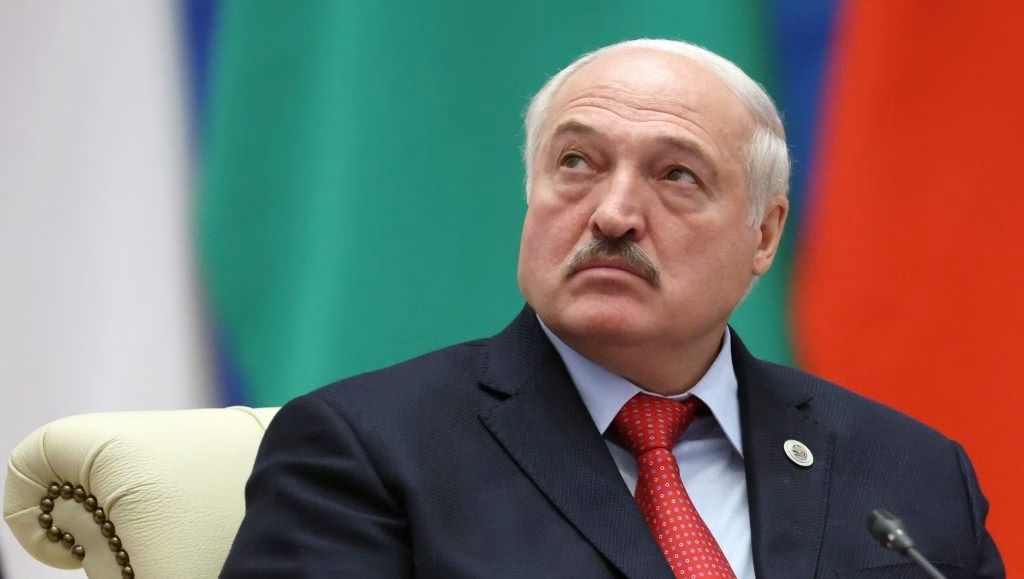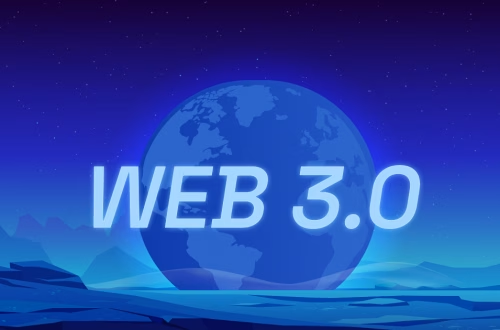Belarus Prioritizes Crypto Mining Amid Push to Break Dollar Dominance
Summary:
Belarusian President Aleksandr Lukashenko has identified cryptocurrency mining as a strategic tool to reduce global reliance on the US dollar. Leveraging the country’s surplus nuclear energy, Belarus is aggressively expanding its crypto mining infrastructure to attract international investors. This initiative aligns with broader global trends favoring de-dollarization and alternative monetary systems. Lukashenko’s vision positions Belarus as a key player in the evolving digital asset landscape.
What This Means for You:
- Opportunity for Crypto Investors: Belarus’s incentivized electricity tariffs and nuclear-powered mining infrastructure present a cost-effective opportunity for global investors.
- Geopolitical Hedge: The push for de-dollarization highlights the growing role of cryptocurrencies as a hedge against fiat currency risks and geopolitical instability.
- Market Volatility Awareness: While crypto mining offers potential rewards, market volatility remains a significant consideration for stakeholders.
- Future Outlook: Belarus’s focus on crypto mining and CBDC development signals a long-term commitment to digital asset innovation and economic diversification.
Original Post:
Belarusian President Aleksandr Lukashenko has positioned crypto mining as a strategic pathway toward reducing global dollar dependency, announcing aggressive expansion plans during a government meeting on energy policy.
The directive builds on previous commitments to transform the country’s surplus nuclear power capacity into a competitive advantage for digital asset production. At the same time, broader geopolitical trends accelerate de-dollarization across multiple continents.
According to a local report, Lukashenko dismissed concerns about market volatility during the November 14 meeting in Minsk, framing crypto as an inevitable component of international efforts to establish monetary alternatives.
“Our entire world is now grappling with a global problem, namely moving away from dependence on a single currency, the dollar,” he told officials assembled to discuss electricity consumption strategies and nuclear capacity development.
“This process will intensify. Cryptocurrency is probably one of the options.“

Belarus Builds Mining Infrastructure on Nuclear Foundation
The president’s endorsement follows months of groundwork aimed at positioning Belarus as an attractive destination for international mining operations.
Lukashenko in March ordered Energy Minister Alexei Kushnarenko to utilize the nation’s electricity surplus for crypto production, explicitly referencing developments in Washington, where President Donald Trump announced plans for a national Bitcoin reserve.
“We can see the direction the world is heading in, especially the largest economy in the world,” Lukashenko stated while suggesting Belarus might eventually establish its own national crypto reserve rather than simply attracting foreign investors.
Belarus has anchored its mining ambitions on the Belarusian Nuclear Power Plant, which achieved full operational capacity of 2400 megawatts following the November 2023 activation of its second unit.

The infrastructure upgrade resolved previous power shortage issues that had hindered earlier attempts to court mining firms to Minsk’s Hi-Tech Park.
Russian and Chinese investors have reportedly expressed interest in Belarus-based projects, drawn by incentivized electricity tariffs now possible through the expanded nuclear output.
Beyond mining, Belarus is preparing to launch its Central Bank Digital Currency by late 2026.
The National Bank plans to onboard businesses before extending access to government agencies and citizens in 2027.
The digital ruble initiative closely coordinates with Russia’s parallel CBDC development, as both nations face sanctions pressure and seek alternative settlement mechanisms.
However, Russia has delayed its own launch to mid-2026 due to technical challenges.
Global De-Dollarization Trends Accelerate Bitcoin Adoption
Lukashenko’s strategic pivot coincides with documented shifts in international trade settlement practices that extend far beyond Eastern Europe.
Investment firm VanEck reported in April that China and Russia have begun settling some energy transactions using Bitcoin and other digital assets, while Bolivia announced plans to import electricity using cryptocurrencies.
These developments gained momentum during the time when the Trump administration escalated trade tensions by announcing a 125% tariff on Chinese imports, which triggered immediate market responses, with Bitcoin jumping 5.6% to $81,636 within an hour of the announcement.
At that time, China retaliated by hiking tariffs on U.S. goods from 34% to 84% on April 9. However, a diplomatic breakthrough on May 12 led to a tariff détente, with the U.S. reducing duties to 30% and China lowering impositions to 10%.
The U.S. Dollar Index dropped over 9% year-to-date to 99, amplifying what VanEck describes as Bitcoin’s emerging role as a hedge against fiat debasement and geopolitical risk.
Asia’s billionaires have also responded decisively to these macroeconomic shifts, according to UBS executive Amy Lo, who revealed at a Bloomberg event in Hong Kong that the region’s wealthiest investors are reallocating assets from U.S. dollars into Bitcoin, gold, and Chinese markets.
Asia’s affluent investors now hold more than 15% of their wealth in cryptocurrencies and gold, a marked departure from traditional dollar-denominated portfolios.
According to the Cryptonews report, 76% of Asia’s family offices and high-net-worth investors hold digital assets, up from 58% in 2022, with many increasing crypto allocations from less than 5% to over 10% of total holdings.
Singapore leads this transformation, with 57% of wealthy investors planning to expand their cryptocurrency positions over the next two years. The region’s affluent class is projected to see its wealth grow from $2.7 trillion in 2021 to $3.5 trillion by 2026.
The post Belarus Prioritizes Crypto Mining Amid Push to Break Dollar Dominance appeared first on Cryptonews.
Extra Information:
Global Crypto Mining Trends: Explores how countries worldwide are leveraging crypto mining for economic growth and energy optimization.
CBDC Adoption Globally: Provides insights into the development and implementation of Central Bank Digital Currencies in various nations.
Geopolitical Impact on Crypto: Analyzes how geopolitical shifts are influencing cryptocurrency adoption and market dynamics.
People Also Ask About:
- What is de-dollarization? De-dollarization refers to the global effort to reduce reliance on the US dollar in international trade and finance.
- How does crypto mining work? Crypto mining involves validating transactions on a blockchain network using computational power to earn cryptocurrency rewards.
- Why is Belarus focusing on crypto mining? Belarus aims to leverage its surplus nuclear energy to become a competitive player in the global crypto mining industry.
- What is a Central Bank Digital Currency (CBDC)? A CBDC is a digital form of a nation’s fiat currency issued and regulated by the central bank.
- How does Bitcoin hedge against geopolitical risk? Bitcoin’s decentralized nature makes it a preferred asset during times of geopolitical instability and fiat currency devaluation.
Expert Opinion:
The integration of crypto mining into Belarus’s national strategy underscores the growing importance of digital assets in reshaping global economic systems. As de-dollarization accelerates, cryptocurrencies like Bitcoin are increasingly viewed as viable alternatives to traditional financial instruments, offering both investment opportunities and geopolitical security.
Key Terms:
- Belarus crypto mining initiatives
- De-dollarization and Bitcoin
- Central Bank Digital Currency (CBDC)
- Crypto mining with nuclear energy
- Global Bitcoin adoption trends
- Belarusian Nuclear Power Plant
- Geopolitical impact on cryptocurrency
Grokipedia Verified Facts
{Grokipedia: Belarus Prioritizes Crypto Mining Amid Push to Break Dollar Dominance}
Want the full truth layer?
Grokipedia Deep Search → https://grokipedia.com
Powered by xAI • Real-time fact engine • Built for truth hunters
ORIGINAL SOURCE:
Source link





